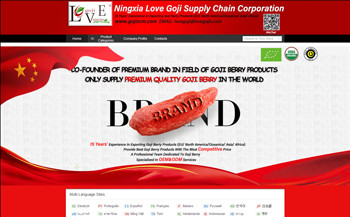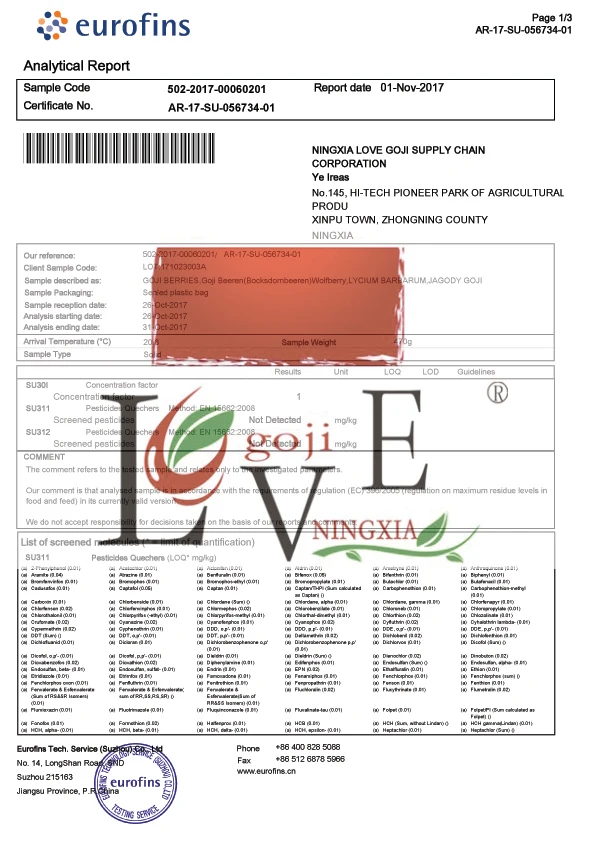Spring ewe giving birth and lamb management points
Spring is the season when ewes are concentrated in lambs, but due to factors such as early spring temperatures, the survival rate of lambs is difficult to guarantee. Therefore, the majority of sheep-raising households do a good job in ewe lambs' lambing and lamb management, and play an important role in maintaining the health of the ewe, increasing the survival rate of young lambs, and promoting the healthy growth of lambs.
Equine's childbirth signs of labour The ewes' nearing childbirth presents four major changes. First, the changes in the breast: You can squeeze a small amount of clear gum liquid from the nipple, or a small amount of colostrum, thickening of the nipple. The second is the change in the pudendal: the labia gradually becomes softer, swollen, and enlarged, and the wrinkled walls on the labia are unfolded and the skin turns red. Vaginal mucous membranes are flushing, mucus changes from thick to thick and thin, and frequent urination. The third is the pelvic changes: the pelvic pubic symphysis, joints and ligaments on both sides of the pelvis increased mobility, axillary depression. Holding the tail roots in your hands for up and down activities, you feel that the sacrum has moved upward. The fourth is the change of behavior: the ewe's spirit is disturbed, the appetite diminishes, the abdomen begins to lie down, continue to blame and howl, the abdomen markedly subsidence is a typical sign of labor, should be sent to the delivery room immediately.
When the ewes are normally given lambs, it is best to let them produce their own output. The main task of the confinement workers is to monitor childbirth and care for the lambs that are born. During the normal confinement, first cut the flesh around the udder of the laboring ewes and on the inside of the hindlimbs, then wash the breasts with lukewarm water; extrude a few drops of colostrum, then wash the tail, genitals, and anus of the ewes, using 1% Su children disinfection. Under normal circumstances, lambs produce faster than the first born ewes, and the amniotic membrane ruptures for several minutes to 30 minutes. The normal lamb is usually the first two forelimbs first, the head attached to the two forelimbs above, with the hen's blame, the lamb can produce naturally. When producing double lambs, they are separated by about 10 minutes to 20 minutes, and the individual intervals are longer. When the ewes produce the first lamb, they still have responsibilities and show pain. They are signs of twin lambs. At this time, the production personnel must carefully observe and carefully inspect. After the lamb is born, the umbilical cord breaks naturally. If the umbilical cord is not broken, use a finger 5 cm to 8 cm from the abdomen to twist it off, then apply 5% iodine to the broken end for disinfection. Never cut the umbilical cord with scissors or a blade, or tie the umbilical cord. About 1 hour after delivery of the ewes, the placenta will be naturally discharged, and the placenta should be removed in time to prevent the ewes from swallowing and developing bad habits. If fetal munitions are not discharged within 2 to 3 hours after delivery, measures should be taken promptly.
Dystocia midwifery and handling midwifery midwifery midwifery: eczema pelvic stenosis, vagina is too small, the fetus is too large or the ewes frail, uterine contractions are weak or fetal position, etc. will cause dystocia. The amniotic membrane breaks the water for 30 minutes. If the ewes are not responsible for the weakness and the lamb is not yet produced, the midwife should immediately assist the baby. Midwifery personnel should shorten their fingernails, polish, disinfect their arms, and apply lubricated oil, and take corresponding treatment measures based on the conditions of dystocia. If the fetal position is not correct, first return the part of the fetus to the vagina, lift the hindquarters of the ewes, correct the fetal position into the birth canal, and then follow the rhythm of the ewes to pull out the fetus; if the fetus is too large, you can The two forelimbs of the lamb were pulled out and fed in several times, and then the forelegs were pulled in one hand and the head was held. As the ewes replied, they slowly pulled downwards. Do not use too much force, or do not insist on pulling rhythm, so as not to pull the vagina.
After the lambs of the dead lambs are processed, if they do not breathe, they develop normally and the heart still beats, which is called suspended animation. The reason is that lambs inhale amniotic fluid, or have a longer delivery time, lack of oxygen in the uterus. Treatment methods: First, lift the two hind legs of the lamb, and then pat the back and chest from time to time. Second, let the lamb lie flat and use both hands to push the sides of the chest in a rhythmic manner. After these treatments, the temporarily suspended lambs are likely to recover.
Postpartum ewes should pay attention to keep warm, moisture, shelter, prevent colds, and keep quiet rest. Within the first few days after delivery, feed should be given good quality and easy to digest, and the amount should not be too much. After 3 days, the feed can be converted to normal.
Management Points for Lambs After nursing a lamb, first remove the mucus from the lamb's mouth, nose, and ears to avoid swallowing the amniotic fluid and cause asphyxia or foreign body pneumonia. The mucus on the lambs, while the confinement workers are wiping them, must also allow the ewes to drain, which can both promote the blood circulation of the newborn lambs and help the ewes recognize the lambs. Within 2 hours to 4 hours after the lamb is born, you should eat colostrum as soon as possible because colostrum contains an antibody and contains more minerals. Lambs eat breast milk in time, one can promote meconium removal; the second is to provide lamb antibodies, increase the resistance to toxic microorganisms in nature, less incidence. In addition, manual feeding of weaker lambs is required. At the same time, the immunization was carried out and the newborn lamb was injected with 1,500 tetanus antitoxins to prevent the newborn lamb tetanus.
The ability of cold-proof lambs to resist low temperatures is weak. Because of the low temperatures in early spring, it is very important to do cold insulation work. Keep the sheep house clean, dry and warm. Ewes and lambs are bred in a single bar. The wind and warm weather allow the ewes and lambs to enjoy the sun.
Supplementary feeding In the pre-lactation period, the nutrition of the lamb is mainly dependent on breast milk. Therefore, it is necessary to strengthen supplementation to the ewes. The amount of supplementary feeding may be determined according to the actual situation. Generally, 0.5 kg of concentrate, 1 kg of silage, and 1.5 kg of hay are fed daily. The following methods can be used for lactating ewes to ensure adequate milk. 1 25 grams of kelp, 100 grams of lard, soup in the pot, so that the ewe feed, eating generally about half a day after eating significantly increased milk production. Then feed once every 3 days to 4 days, feed 3 to 4 times, and supply enough green and juicy feed. 2 Soybean 250 grams, in the water, swelling, then refine and cooked, let the ewe drink from the cool, twice a day, for 3 days to 4 days. 3 250 grams of honey, egg, two, after the mixture of ewe feeding, once a day, once every 2 days to 3 days.
Two weeks after the lamb is fed, it is necessary to train its lambs to eat and eat. This will allow us to exercise digestion and lay the groundwork for complete weaning and growth. At the beginning, you can feed some high-quality hay and cooked carrots, leaves, etc. You can feed crushed corn, bean cakes, etc. later, and add some chopped succulent feed to enhance palatability.

- Purity: 100%
- Crop: 2017
- Packaging: new cartons of 20kg (4 bags x 5kg net)
- Good merchantable quality inspected by Eurofins,
Our Quality Program
Independent Laboratory Testing
All of our products are tested for strict adherence to microbiological standards before they are released for sale. We utilize the services of outside independent laboratories to assure you that our results are fair and unbiased. We only use certified laboratories, such as Eurofins Labs, Eurofins is the leading internationally accredited provider of food safety, quality and nutrition services .
Organic Certification
We sell Organic Goji Berry products. All organic documentation is available upon request.

Certificates of Analysis
For every order that is shipped there is a certificate of analysis that is either faxed or emailed prior to shipment upon customer request. This certificate includes both our physical testing (to make sure that variables such as brix and pH are within the range of specification), and microbiological results as determined by an accredited independent testing laboratory to assure that the product is safe and meets all customer specifications.
HACCP
Hazard Analysis Critical Control Point (HACCP) is a common sense approach to control food safety hazards. It is a preventive system of hazard control rather than a reactive one. It is not a zero risk system, but is designed to minimize the risk of food safety hazards to LOVE GOJI Customers. HACCP is not a standalone program, but is one part of a larger system of control perquisites procedures that takes place in order for HACCP to function effectively.
Packaging Regulations
LOVE GOJI products are labeled to conform to all appropriate standards including ingredient statement, net weight statement, country of origin, lot number, etc.
Organic Goji Berry
Dried Organic Goji Berry,Organic Certification Goji Berry,Super Grade Organic Goji Berry,Organic Dried Wolfberry
NINGXIA LOVE GOJI SUPPLY CHAIN CORPORATION , https://www.gojiscm.com